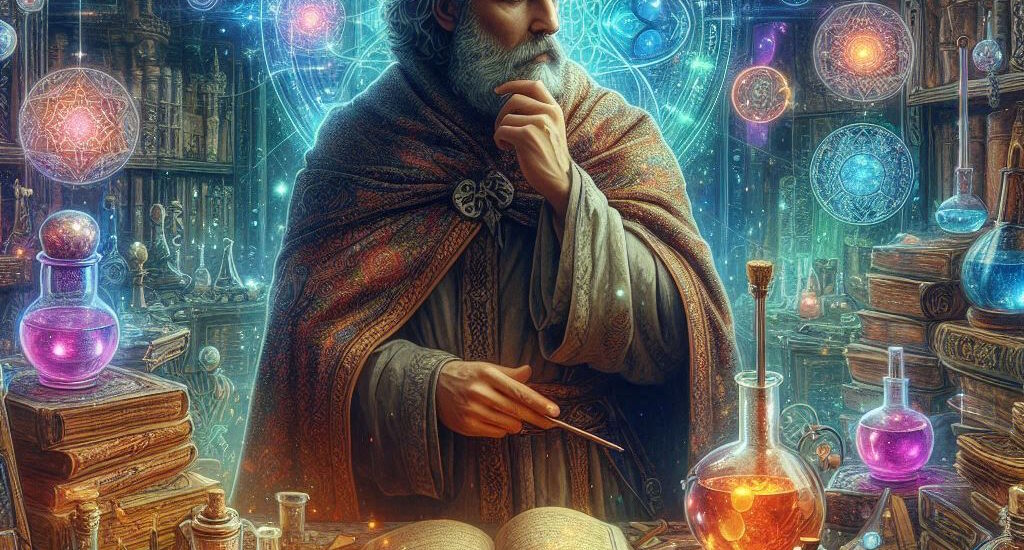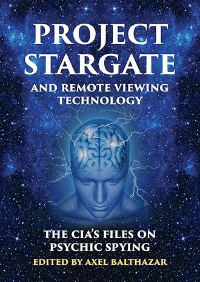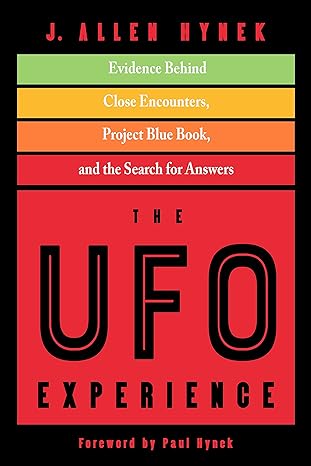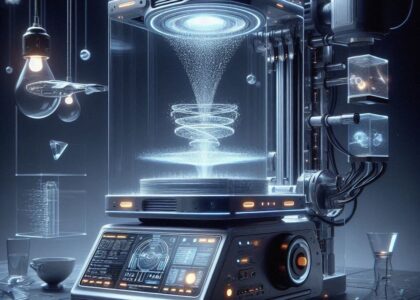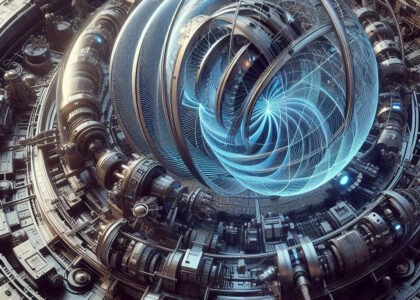🧪 From Myth to Machine: The Golden Dream Reimagined
Once upon a time, alchemists dreamed of turning lead into gold using mysterious formulas and mystical flasks. Today, a San Francisco startup called Marathon Fusion says it’s on the verge of making that age-old fantasy real—only now, it’s powered by nuclear fusion.
Yep, you read that right. Their idea is to use high-energy neutrons from a fusion reactor to transform mercury into actual gold. It sounds like science fiction, but Marathon insists it’s grounded in solid science.
“On paper it looks great and everyone … remains intrigued and excited.”
—Dr. Ahmed Diallo, Princeton Plasma Physics Laboratory
⚛️ How It (Supposedly) Works
Inside a fusion reactor, atoms of hydrogen fuse together, releasing tons of energy—and a shower of high-speed neutrons. Marathon Fusion wants to place mercury-198 inside the reactor’s “breeding blanket,” where it gets bombarded with those neutrons.
That transforms it into mercury-197, which quickly decays into gold-197—a stable, non-radioactive isotope of gold.
Isotope used: Mercury-198
Converted into: Mercury-197 → Gold-197
Decay time: Just a few days
According to their calculations, a 1-gigawatt fusion reactor could produce around 5,000 kilograms of gold per year—that’s more than 11,000 pounds!
💰 Is This the New Gold Rush?
Let’s do the math: 5,000 kg of gold at today’s market prices could bring in half a billion dollars a year in bonus revenue—in addition to the money from generating electricity.
That could more than double the economic value of a fusion plant.
“Fusion power plants could one day be isotope factories as well as energy sources.”
Still, not everything that glitters is… well, you know.
⚠️ The Catch: Radioactive Bling and Fusion Delays
☢️ 1. The “Dirty Gold” Problem
Gold produced in this process might contain small amounts of radioactive isotopes, depending on the original mercury’s composition. In some cases, Marathon admits, the gold might need to sit in storage for 14–18 years before it’s safe to use.
🔌 2. Fusion Isn’t Ready Yet
No fusion power plant is commercially operational today. Dozens of companies (like Commonwealth Fusion Systems) aim to reach that milestone in the late 2020s—but until then, we’re still in the experimental phase.
“Until there is a working fusion reactor, it’s not going to be possible to tell if this scheme works.”
🤔 Why This Still Matters
Even if gold-making ends up being a scientific sideshow, this concept points to a bigger opportunity: using fusion reactors to create rare, useful isotopes. These could be vital for:
-
💉 Medical diagnostics
-
🔋 Nuclear batteries
-
🛠️ Advanced manufacturing
In other words, this isn’t just about getting rich—it’s about getting smarter with fusion’s byproducts.
🔚 Final Thoughts: Not Your Grandpa’s Alchemy
So, should you cash in your retirement and bet it all on fusion-for-gold? Probably not.
This isn’t some backyard chemistry set, and mercury is highly toxic and tightly regulated. No one’s turning household junk into bullion. But if fusion power becomes a reality—and that’s still a big “if”—we might see power plants that do more than just keep the lights on.
They might just mint gold in the process.
It’s not quite spinning straw into gold…
But it’s the closest science has ever come.
📚 Sources & Further Reading
- Futurism – Fusion Startup Says It Can Turn Mercury Into Gold
- Financial Times – Fusion Energy Startup Revives Ancient Dream
- The Times UK – Startup Aims to Transmute Metals
- Economic Times – Science Fiction Turns Real?


